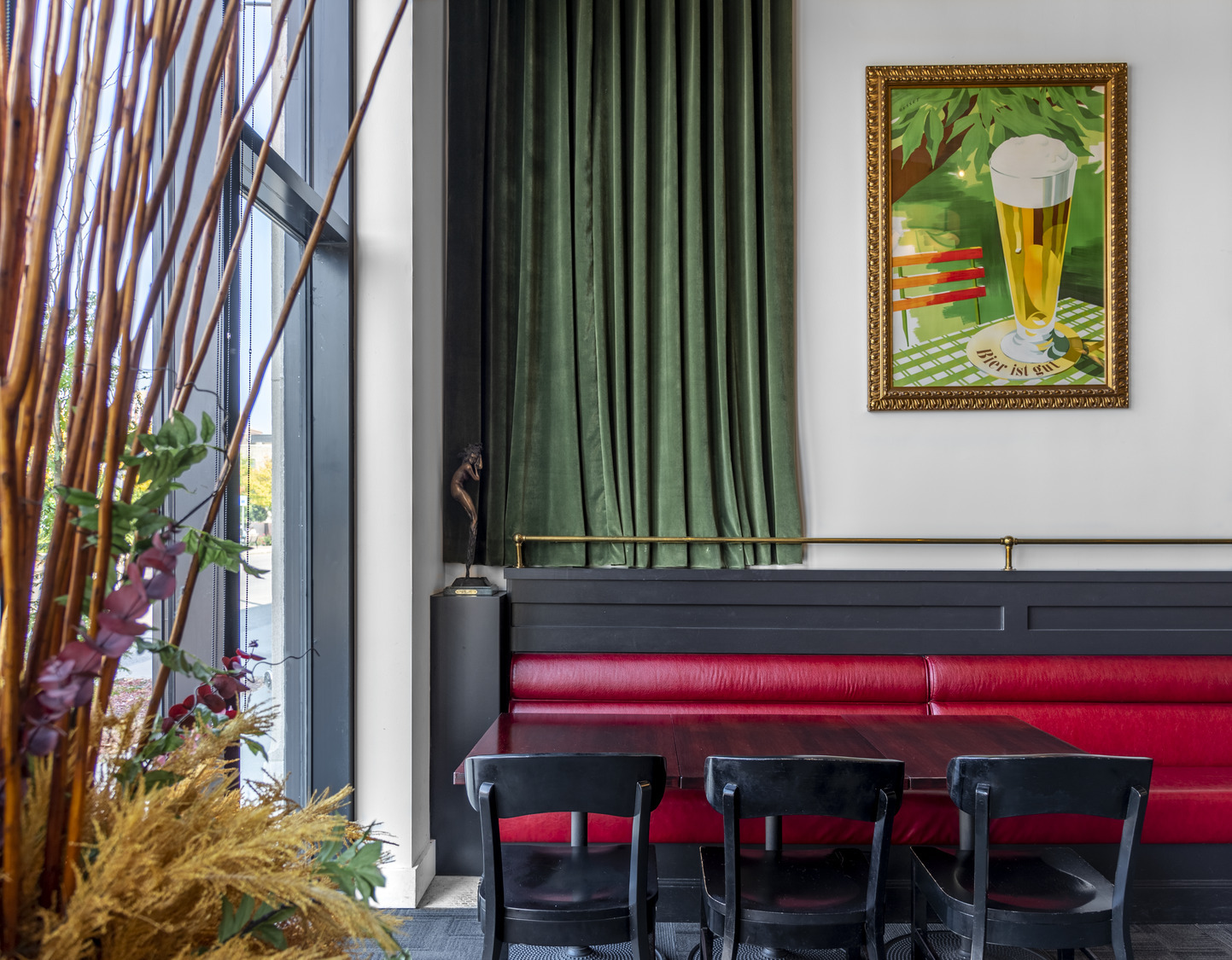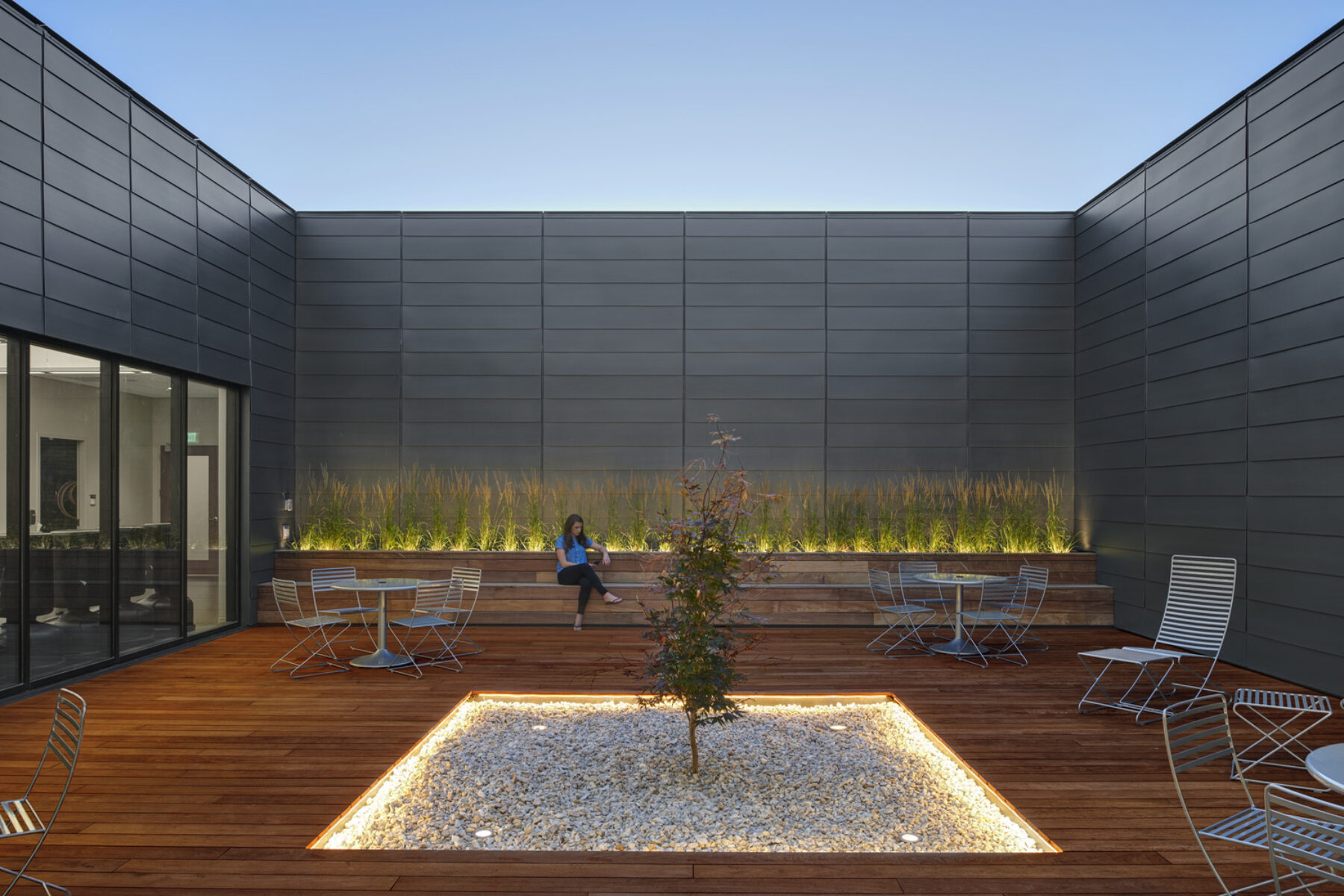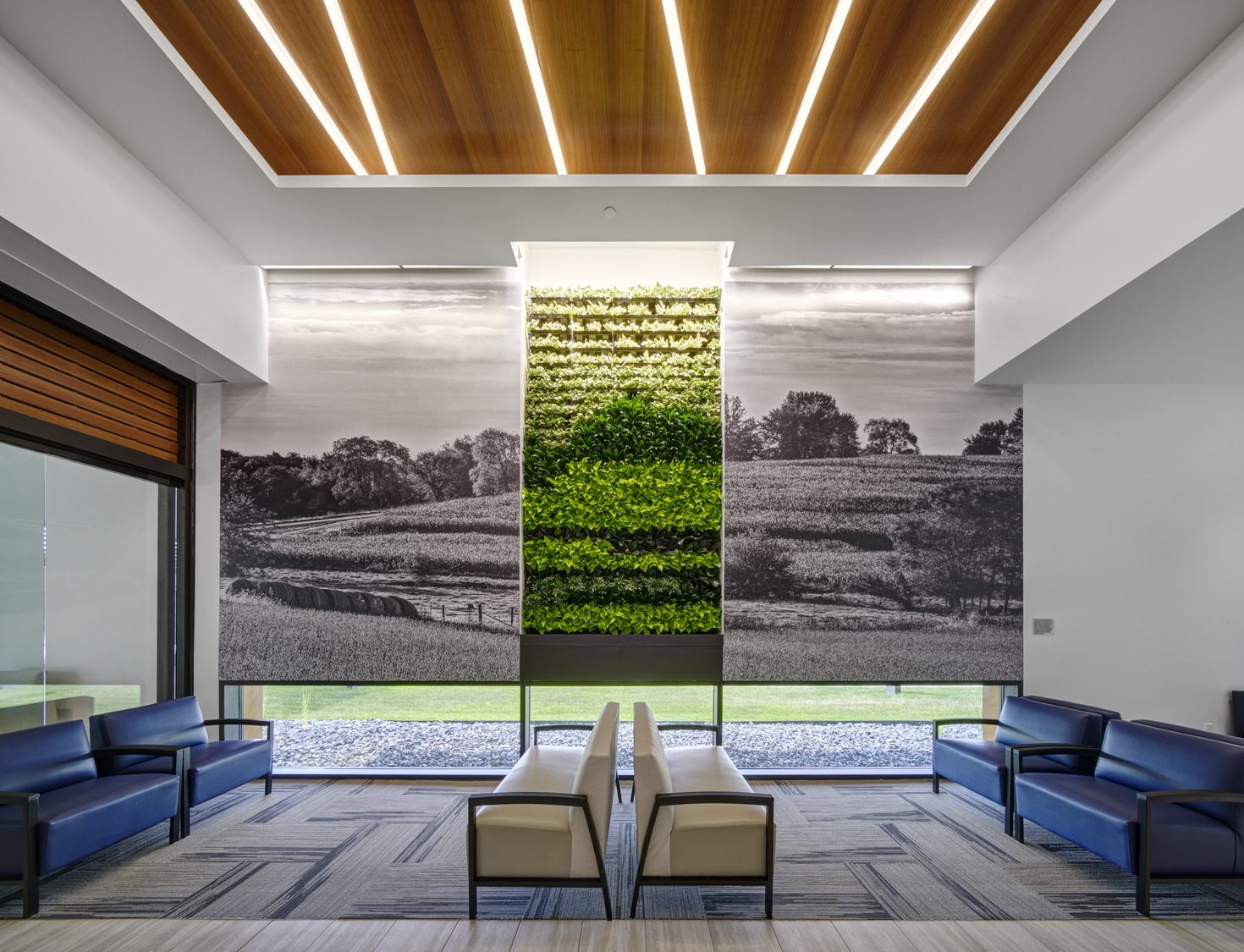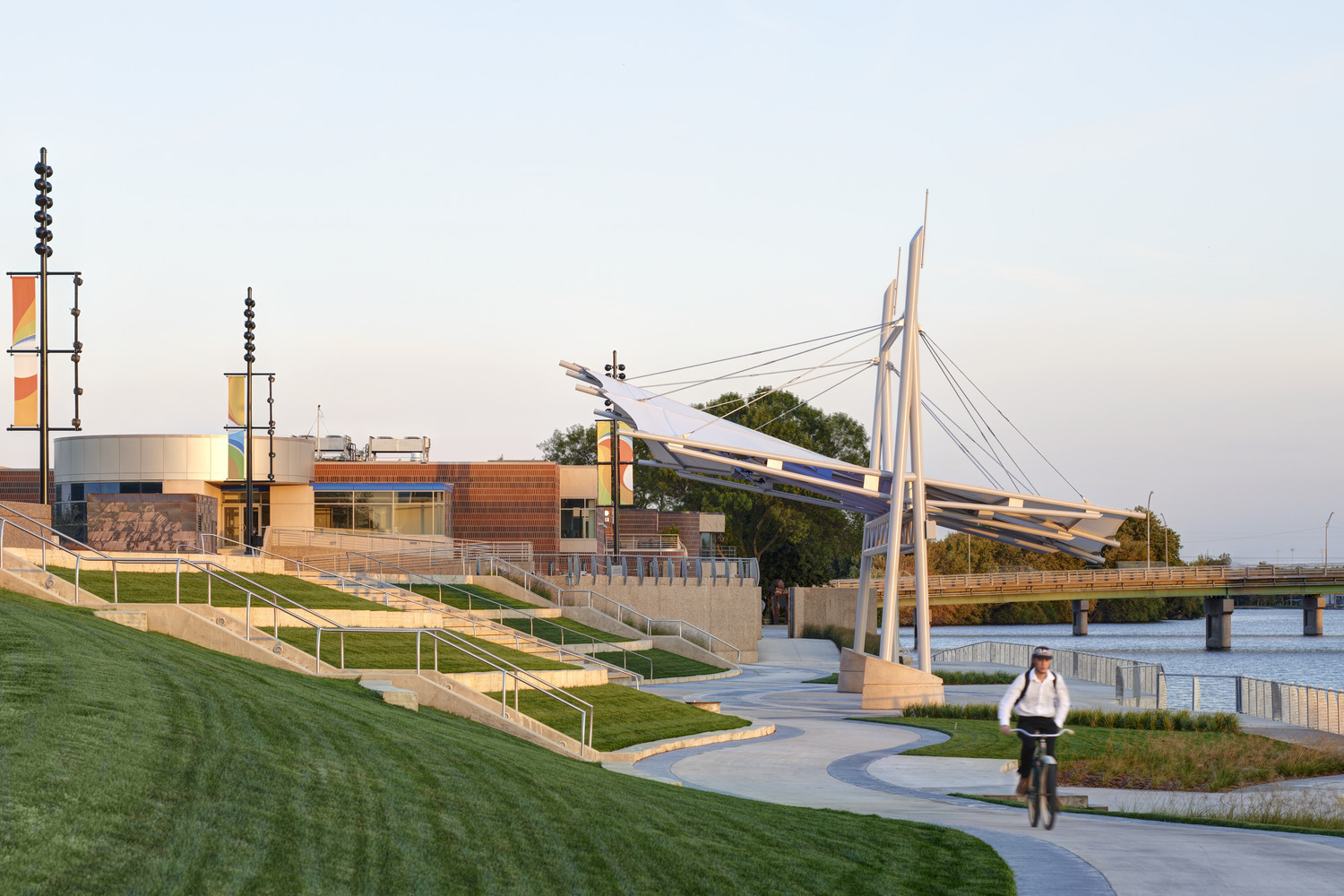Since our common ancestors began roaming Earth sometime between 550,000 and 750,000 years ago, Homo sapien has spent much of life outdoors. Despite our efforts to urbanize and create a web of built environments in the last several thousand years, humans have evolved to live alongside nature. Our anatomy, physiology, psychology, that is to say almost everything about us, has been shaped throughout history by our interaction with the natural environment.
The “biophilia hypothesis” theorizes that humans have evolved with nature to have an affinity for the natural landscape. Yet in today’s climate, the average American spends 93% of their lifetime indoors (1). Despite numerous studies that have shown the vital role that being outdoors plays in our overall health, such as improved cognitive function, brain activity, blood pressure, mental health, physical activity and sleep (2), how often humans interact with the Mother Earth and the quality of those interactions continues to decline.
“The statistics are alarming,” INVISION Interior Designer Danielle McCoy said. “Our bodies are still so in tune to taking cues from nature to operate at an optimal state and we’re shutting all of that off by the way we design and enclose our buildings.”

Environmental Generational Amnesia was popularized by Peter Kahn
in the late 2000’s and describes the cultural challenges to upholding the
human-nature bond and the shifting baseline for what is considered a normal
human-nature relationship. As conditions continue to degrade with each ensuing
generation, our perception of worsening conditions becomes accepted as
baseline. Thankfully, academic studies and mainstream media have in recent
decades, with more urgency and devoted resources, shed light on the crucial
relationship between human and earth.
“What’s exciting is that I think there’s a general buyoff that people feel better in nature,” McCoy said. “There’s a reason people stare at fire and stare at the ocean. You feel good in nature, but there wasn’t data backing it up. Now we have more biometric testing, more data that corroborates what we’ve inherently known.”
As today’s work force becomes more specialized and concentrated on specific, repeated tasks within a defined, indoor space, the need to reconsider the modern-day workplace has taken precedent for designers and architects alike. But these needs are not confined to just the workforce. Biophilic design can and should be incorporated into residential housing, schools, government buildings, healthcare facilities and hospitality; any manmade space a human may inhabit regularly.
Biophilic design has the potential to reduce stress, expedite healing and improve cognitive function, creativity and physiology (3). Given the positive restorative response of being in nature, biophilic design can be an essential tool for providing people an opportunity to live, work and play in healthy places that enhance overall well-being. The restorative and healing properties of nature are innate. It gives us a feeling of balance and a sense of ease, a sense of oneness with the world. For years, research scientists and design practitioners have studied and worked to define what aspects of nature impact our contact with the built environment. But how do we move from research to implementation and how should efficacy be judged?
Biophilic design can be broken down into three general
categories: nature in space, natural analogues and nature of the space. Nature
in space includes elements of nature, living systems and natural processes that
inhabit a built environment. This may include light, temperature, air flow,
water, living organisms, both plant and animal, and how they interact with
the users of a space. Natural
analogues include patterns, textures, naturally occurring arrangements that
imitate the real world, materials and elements that reflect the local ecology
or geology and rich sensory information that is reminiscent of or evokes a similar emotional response to that of physically being in nature. Nature of the
space involves the views offered by the built environment, the layout of a building and how it impacts the inhabitants’ spatial awareness and interaction
with the space.
These modalities have an endless range of applications and are intended to be flexible, adaptive and responsive to each unique project they are implemented in, including both interior and exterior environments.
There is no one size fits all solution. Rather, the most appropriate solution may be one that takes cues from the local landscape, flora and fauna. Whatever the response, the main goal of biophilic design must be in nurturing a feeling of gratification for place. To create spaces that are inspirational, functional and integrative to the human spirit is the ultimate goal.
“These spaces put us in a calming state rather than an alarming, fight or flight state,” said McCoy. “It takes your brain down towards feeling safe, allowing you to absorb and retain more information.”
Understanding a project’s intent is paramount to identifying strategies and implementation methods. What is the desired outcome for the end users of the intended space? Biophilic design can be implemented under a range of circumstances, in a variety of market types, under the ownership of different personalities in numerous regions with unique populations and demographics. The result of these inputs can lead to quite distinctive work.
A green wall, a reading nook with access to natural sunlight, patterned wallpaper, a courtyard, landscape design that showcases native plant species and natural elements such as stone or water, orientation of a building that allows for optimal exposure to sunlight, designing to optimize natural wind flow, these are all examples of biophilic design. The possibilities are as endless as the natural world provides.
“Nature makes sense to our brain. When we look at a complex flower, it’s not hard to figure out, it just feels good. It has these naturally repeating patterns that feel good in nature,” said McCoy.
According to current evolutionary hypotheses, contemporary
landscape preferences are influenced by human evolution, reflecting the
commonalities that enhanced our chances of survival. These theories include the
biophilia hypothesis, the savanna hypothesis, preference matrix and habitat
theory and prospect-refuge theory.
Why is it in our nature to sleep furthest away from the doorway of our bedroom? Why is it that certain colors effect our emotional state? How does the sun and the season effect our circadian rhythm? Being aware of those questions is the first step in good design.
“You always look back to nature. It’s the knowledge that reinforces our decision-making process during design,” said McCoy.
The results of implementing natural elements into design is a non-zero-sum game; that is, everybody wins. Employees show improved performance, health and well-being, leading to a reduction in sick days and to an increase in production efficiency and employee retention.
“If you’re giving these natural breaks and you’re having a healthy space that promotes productivity, your employees will respond with
positive results. Biophilic design often gets overlooked in the design process,
but it’s so important to the human condition,” said McCoy.
Sources
1) Environmental Protection Agency. (n.d.). Indoor air quality. Report Environment. Retrieved August 30, 2023, from https://www.epa.gov/report-env…
2) Jimenez, M. P., DeVille, N. V., Elliott, E. G., Schiff, J. E., Wilt, G. E., Hart, J. E., & James, P. (2021). Associations between Nature Exposure and Health: A Review of the Evidence. International Journal of Environmental Research and Public Health, 18(9), 4790. https://doi.org/10.3390/ijerph…
3) Terrapin Bright Green. (2015, February 17). Biophilic design: The practice of incorporating nature. Terrapin Bright Green. Retrieved August 30, 2023, from https://www.terrapinbrightgree…


